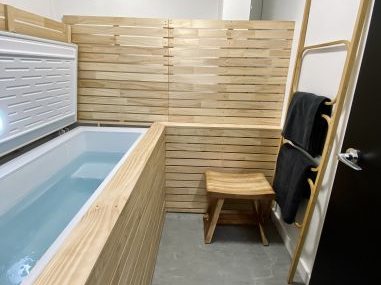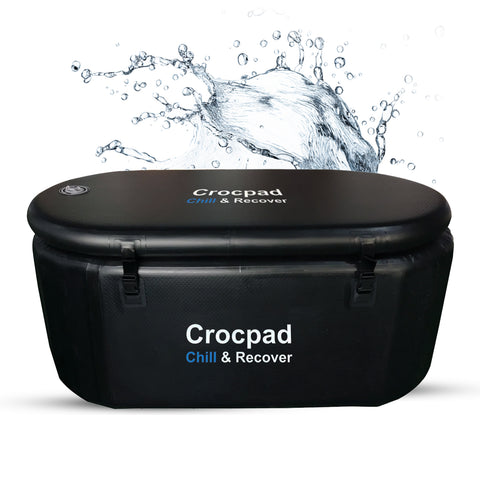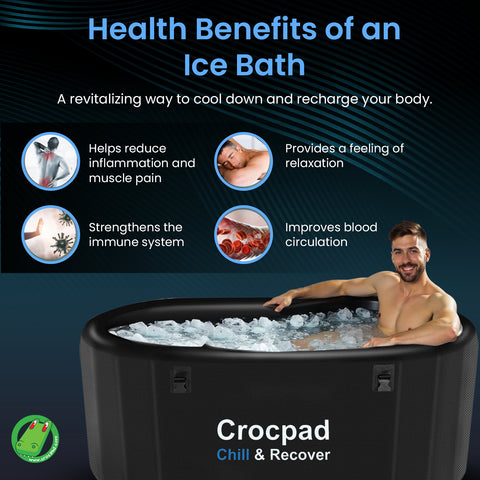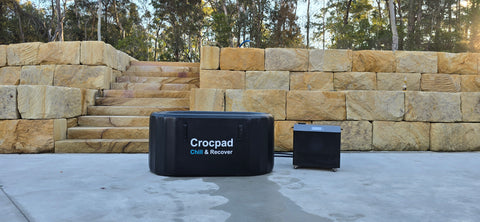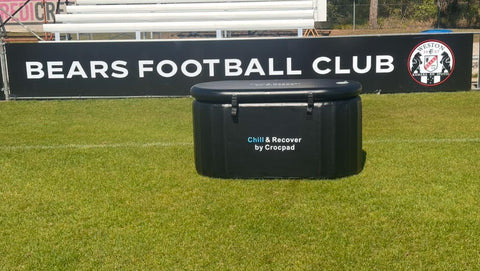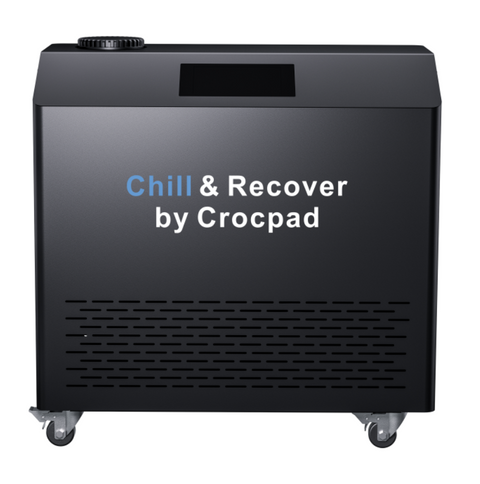Cold water immersion (CWI), or ice bathing, has gained traction in fitness, wellness, and recovery circles. But while many praise its potential benefits, it also carries real risks if done improperly. Drawing on the recent joint position of leading aquatic and fitness bodies in Australia, here’s a refined, practical guide to using ice baths safely and effectively.

Why People Turn to Ice Baths
Advocates often cite the following possible benefits:
-
Aid recovery after strenuous exercise (by reducing inflammation, muscle soreness)
-
Enhance circulation and vascular health
-
Support immune system function
-
Improve mood and mental resilience
-
Promote general “wellness” and vitality
While the evidence is still evolving and benefits aren’t guaranteed for everyone, many users find subjective gains in recovery and well-being.
Key Safety Principles Before You Step In
Safety must come first. The Australian aquatic and fitness peak bodies emphasized multiple precautions in their joint guidance.
Here are the critical safety principles to observe:
-
Medical Screening
Don’t begin ice baths if you have untreated cardiovascular disease, uncontrolled hypertension, Raynaud’s, severe asthma, or other serious medical conditions. Consult a physician first. -
Gradual Acclimatization
Jumping from warm to freezing cold is riskier. Start with milder cooling (e.g. cool showers) and increase exposure gradually over days/weeks. -
Supervision or Buddy System
Even in home settings, it's safer not to immerse fully alone. Cold shock, cramping, disorientation, or panic can occur. -
Controlled Environment
Use properly filtered and sanitized water (especially in public or shared facilities). The joint guidance flagged water quality as critical. -
Limit Duration and Frequency
Excessive exposure adds risk without extra benefit. Many protocols use times between 1–10 minutes, depending on temperature and adaptation stage. -
Beware of Physiological Reactions
Sudden immersion triggers gasp, rapid breathing, blood pressure changes, possible muscle spasms or cramping, especially when unacclimated.
A Step-by-Step Guide to Starting Ice Baths
Here’s a practical protocol you can use (adapt to your fitness or medical status):
| Stage | Water Temperature | Duration | Notes |
|---|---|---|---|
| Stage 1 (Intro) | ~15 °C | 30–60 seconds | Use this as a “cold shower” or partial immersion (e.g. legs, arms) |
| Stage 2 | 12–15 °C | 1–3 minutes | Full immersion (up to chest) if comfortable |
| Stage 3 | 8–12 °C | 3–5 minutes | Only once acclimatized; monitor signs of distress |
| Stage 4 (Advanced / occasional) | 4–8 °C | 3–10 minutes | Reserve for experienced users; always with supervision |
Tips During Immersion
-
Enter slowly (don’t plunge headfirst).
-
Focus on breathing: slow, controlled exhalations.
-
Stay still initially — avoid vigorous movement.
-
Keep the head above water (unless you’re used to head immersion).
-
Observe your body: any numbness, pain, disorientation, or excessive shivering = exit immediately.
Post-Bath Transition
-
Get out carefully (slippery surfaces happen).
-
Warm up gradually: dry towels, warm clothes, gentle movement.
-
Avoid scalding hot showers immediately—allow your body to re-establish normal circulation.
-
Hydrate and rest.
What Science and Authority Say
The Australian peak bodies (Royal Life Saving, AUSactive, and SPASA) jointly caution that cold water immersion is not benign. Their primary concerns include:
-
Drowning risk in aquatic settings, especially when unexpected reactions occur (shock, cramps, loss of control)
-
Underlying health conditions exacerbated by cold stress (heart, respiratory)
-
Water quality and sanitation in facility settings to avoid infections or contamination
They encourage use only when well-supervised, with proper screening, and in facilities that maintain strong aquatic safety and hygiene standards.
From the research side, although many small studies suggest benefits in recovery and inflammation, results vary depending on timing, temperature, duration, and individual factors. The evidence is not yet strong enough to call CWI a universal “fix-all.”
Mistakes to Avoid & Common Misconceptions
-
“Colder is always better” — ultra-low temps with long durations increase risk without proven extra benefit.
-
Doing it cold turkey without acclimation.
-
Skipping medical checks when you have health risks.
-
Immersing without supervision.
-
Neglecting water sanitation or facility safety in communal or public setups.
-
Expecting instant miracles — CWI works as part of a balanced recovery plan, not as a standalone silver bullet.
Who Might Benefit — and Who Should Avoid It
Potential candidates:
-
Regular athletes seeking enhanced recovery
-
Those doing cold exposure as part of resilience or biohacking routines
-
People who already tolerate cooler temperatures well
Use with caution or avoid if you have:
-
Cardiovascular disease or uncontrolled hypertension
-
Severe respiratory issues
-
Cold sensitivity or disorders affecting circulation
-
Recent surgeries, wounds, or infection at immersion sites
In Summary
Ice baths can be a useful tool in your recovery or wellness toolbox — but they require respect, caution, and structure. If you're new, start warm, go slow, always prioritize safety (screening, supervision, sanitation), listen to your body, and use them as a supplement to—not a replacement for—other good recovery practices like sleep, nutrition, mobility work, and progressive training.


